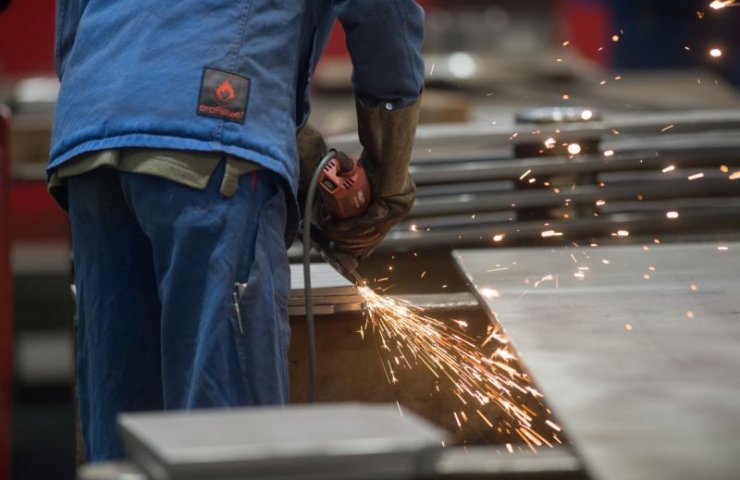After nearly 13 percent growth in total EU steel imports, including semi-finished products, throughout 2018, it declined to 2 percent YoY in the first two months of 2019. Including data for March 2019, imports of finished goods decreased by 3 percent year-on-year (YoY), driven by a 5 percent increase in flat products imports and a 24 percent decrease in bar imports. The average monthly volume of finished goods imports into the EU in the first quarter of 2019 was 2.42 million tons. This means that despite a slight moderation compared to the same quarter of 2018, monthly imports this year were 9.5 percent higher than in the second half of 2018, while remaining very close to the increased level of monthly imports recorded by in general for 2018.
Import by country of origin
During the first three months of 2019, Turkey, Russia, South Korea, China and Ukraine were the main countries of origin for imports of finished steel to the EU market. These five countries accounted for 67 percent of the EU's total finished steel imports.
Turkey has maintained its position as the largest exporter of finished steel products to the EU and to the country, showing the strongest annual growth in the top ten countries of origin for EU finished steel imports.
Imports from Russia, Ukraine and Belarus also showed an upward trend in the first quarter of 2019. Meanwhile, imports from India and Brazil were significantly lower than in the corresponding period of 2018; to a lesser extent, this also applies to imports from Taiwan and South Korea. Imports from China have stabilized at the level of the previous year.
Import by product category
Imports of finished steel products to the EU throughout 2018 were characterized by a significant increase in imports of long products by 33 percent and a more moderate increase in imports of flat products by 7 percent. As a result, imports of long products accounted for 25 percent of the total imports of finished steel. Trade data for the first quarter of 2019 showed a different import structure with continued but slightly lower growth in flat products imports of 5 percent and a 24 percent decline in imports of long products. This led to a decrease in the share of long products in the total import of finished metal products to 19 percent.
Imports of organic coated flat, hot rolled strip and galvanized steel showed the strongest annualized growth (21, 15 and 14 percent, respectively) in the first three months of 2019. Imports of other flat materials products such as cold rolled sheet, rolled steel and flat products showed a moderate decline compared to the same period in 2018.
The drop in imports of long products in the first quarter of 2019 led to a drop in monthly imports below the monthly average of long products. The most notable decline was in rebar, with imports down 30 percent compared to imports in the first quarter of 2018. Imports of long products, wire rod and heavy parts decreased by 23, 22 and 12 percent, respectively.
Forecast
Given the availability of only customs data for the first quarter of 2019, it is difficult to make a balanced assessment of the likely import trend for the rest of this year. However, given that imports remain at elevated levels in early 2019 and exports are in a downtrend, it seems reasonable to conclude that there is no evidence of an easing of competitive pressures in international steel markets.




